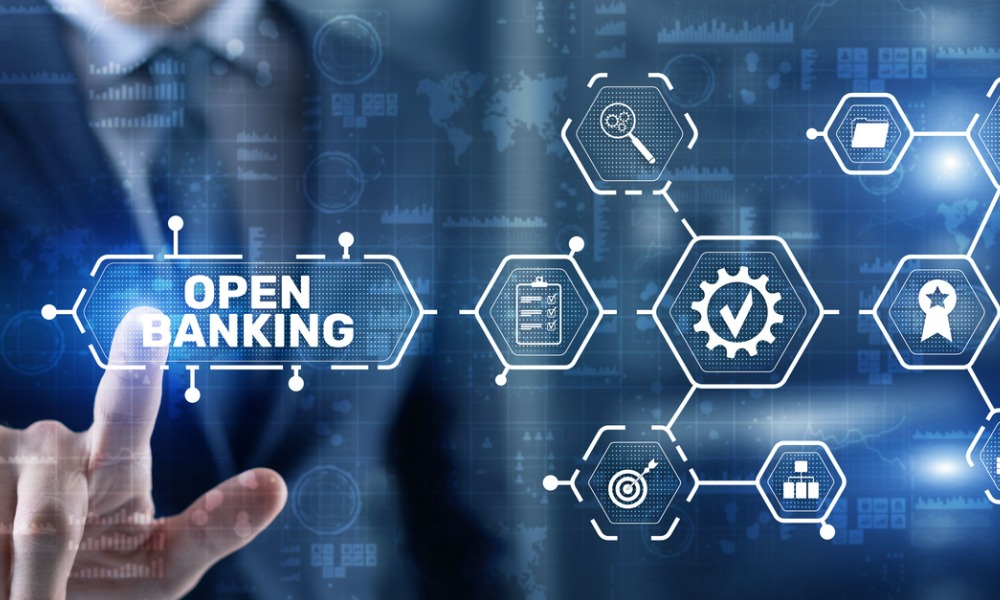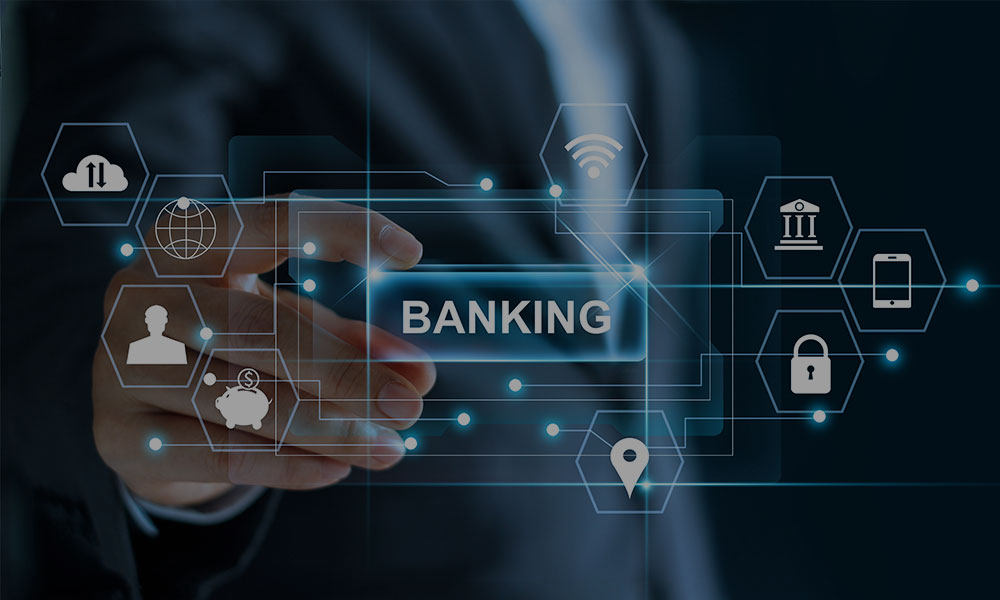In today’s fast-evolving economy, traditional banking systems no longer meet the needs of modern consumers and businesses. With growing demands for speed, accessibility, and personalized services, the stage is set for alternative banking models to reshape how we manage money and engage in financial transactions.
- The Evolution of Traditional Banking: While traditional banks were once the cornerstone of the financial system, they have become increasingly slow and rigid. They are constrained by legacy technologies, complex regulations, and a lack of adaptability to changing market conditions.
- Rise of Alternative Models: As technology advances, new banking models that prioritize customer experience, low fees, and digital-first platforms are emerging. These alternatives offer innovative solutions to the weaknesses of traditional banking.
- The Demand for Change: Consumers today are more tech-savvy and expect their banking services to align with their digital lifestyles. This shift in expectations is paving the way for new forms of banking that cater to modern needs.
Defining Alternative Banking Models
Alternative banking models encompass a wide range of non-traditional financial institutions and services that offer more flexibility, accessibility, and personalized experiences compared to conventional banks.
- Key Characteristics of Alternative Banking:
- Digital-first solutions that operate entirely online.
- Reduced fees and more transparent pricing structures.
- Increased focus on customer-centric services and innovations.
- Financial Inclusion: These models are designed to reach individuals who may not have access to traditional banking, ensuring that underserved populations can participate in the financial system.
- Decentralization and Accessibility: Many alternative models aim to reduce reliance on centralized institutions, providing customers with greater control over their finances.
The Rise of Digital Banks
The digital revolution has given birth to a new wave of financial institutions, namely digital-only banks (also known as neobanks). These banks operate exclusively through digital channels, offering enhanced convenience and a seamless banking experience.
- What is a Digital Bank?
- A bank without physical branches, offering online banking services via apps and websites.
- These banks typically focus on offering a wide range of services such as checking accounts, savings accounts, and payment solutions.
- Advantages of Digital Banks:
- Lower Fees: By eliminating the overhead costs associated with physical branches, digital banks can pass on savings to customers in the form of lower fees.
- Convenience: Users can manage their accounts and conduct transactions from anywhere at any time.
- Global Accessibility: Many digital banks are available to customers around the world, removing geographical barriers.
- Challenges Faced by Digital Banks:
- Regulatory issues and obtaining banking licenses in multiple regions.
- Customer trust, as many users may still feel skeptical about fully digital financial institutions.
Peer-to-Peer Lending and Crowdfunding
Alternative banking is not limited to digital-only platforms; peer-to-peer lending and crowdfunding have become key players in reshaping how money is borrowed and invested.
- Peer-to-Peer Lending:
- Individuals lend directly to other individuals without going through traditional banks. This model cuts out intermediaries and often results in lower interest rates for borrowers and higher returns for lenders.
- It allows for more flexible loan terms and creates opportunities for those with limited access to conventional credit.
- Crowdfunding Platforms:
- Crowdfunding enables individuals and businesses to raise money from a large pool of small investors, typically for startups or specific projects.
- This democratizes access to funding, allowing ideas that may not have fit traditional lending criteria to flourish.
- Legal and Regulatory Landscape:
- Governments and regulators are working to ensure that peer-to-peer lending and crowdfunding platforms operate within secure legal frameworks to prevent fraud and ensure transparency.
Cryptocurrencies and Blockchain in Banking
Cryptocurrencies, such as Bitcoin and Ethereum, have disrupted financial markets by providing decentralized and borderless alternatives to traditional currency systems. Blockchain technology is at the heart of this revolution.
- Decentralized Finance (DeFi):
- Blockchain allows for secure, peer-to-peer transactions that do not require intermediaries like banks. This opens up new possibilities for financial services.
- Smart contracts, powered by blockchain, can automate and secure transactions without needing a trusted third party.
- Benefits of Blockchain in Banking:
- Security: Transactions made through blockchain are highly secure and immutable.
- Transparency: Every transaction is recorded on a public ledger, ensuring transparency.
- Cost Efficiency: By cutting out intermediaries, blockchain reduces transaction fees and speeds up the process.
- Impact of Cryptocurrencies:
- Cryptocurrencies have begun to challenge the traditional banking system by offering lower-cost alternatives for cross-border payments and remittances.

Community and Ethical Banking Models
Community-driven and ethical banking models are increasingly gaining traction. These institutions prioritize social responsibility, environmental sustainability, and fair lending practices over maximizing profits.
- Credit Unions and Co-Operatives:
- These community-focused institutions are owned and operated by their members, offering more favorable interest rates and personalized services.
- They aim to support local economies and ensure that the financial needs of their members are met.
- Ethical Banking Principles:
- Alternative banking models can be more transparent in their operations and may focus on financing businesses that promote environmental sustainability and social well-being.
- These models emphasize responsible lending practices and avoid investments in harmful industries like fossil fuels or tobacco.
Financial Technology (FinTech) and Innovations
FinTech companies are revolutionizing alternative banking by offering new solutions powered by technology, enabling faster, more secure, and more convenient financial services.
- AI and Machine Learning in Banking:
- These technologies are being used to offer personalized financial services such as tailored investment advice and smarter credit risk assessments.
- AI helps banks anticipate customers’ needs and offer proactive solutions.
- Robo-Advisors and Algorithmic Trading:
- Robo-advisors provide automated, low-cost financial planning advice to users based on algorithms, making wealth management more accessible.
- Algorithmic trading platforms use AI to execute trades at lightning speeds, potentially earning greater returns.
- Mobile Payments and E-Wallets:
- These innovations have simplified payments, making it easier for users to store and spend their money via smartphones or wearable devices.
- E-wallets are increasingly used for everyday transactions, eliminating the need for physical cards and cash.
Regulatory and Legal Implications
As alternative banking models evolve, so too must the regulatory landscape. Governments and financial authorities are adapting to new financial innovations while balancing innovation with consumer protection.
- Regulations for Alternative Banking:
- While digital banks and P2P platforms often operate outside the realm of traditional regulations, there are increasing efforts to create frameworks that ensure consumer protection, fraud prevention, and financial stability.
- Privacy and Security Concerns:
- With the rise of digital financial services, issues surrounding data privacy and cybersecurity are critical. Regulations are continuously evolving to protect consumers’ sensitive financial data.
- Global Harmonization of Laws:
- As alternative banking models expand globally, different regions are working on aligning regulations to facilitate cross-border transactions and investment.
Challenges Facing Alternative Banking Models
Despite the numerous advantages of alternative banking, there are also significant challenges that must be overcome.
- Trust and Adoption:
- While digital banking and cryptocurrencies offer many benefits, many consumers remain skeptical about adopting these new systems due to fears of security and lack of regulation.
- Cybersecurity Risks:
- Digital platforms are prime targets for cyberattacks. Banks and other institutions must invest heavily in secure technologies to protect users.
- Regulatory Challenges:
- Traditional financial regulations may not be well suited to the fast-paced innovations emerging in the alternative banking sector, requiring ongoing adjustments from both regulators and service providers.
The Future of Alternative Banking
Looking ahead, alternative banking is poised to play an even greater role in shaping the global economy.
- Technological Advancements:
- Emerging technologies such as AI, blockchain, and biometric authentication will continue to drive innovation in the sector, making banking more accessible and secure for users around the world.
- Financial Inclusion and Accessibility:
- Alternative banking models will likely lead to a more inclusive financial system, giving unbanked and underbanked populations access to essential services like credit, savings, and insurance.
- New Business Models:
- We are likely to see new forms of collaboration between traditional banks and alternative financial models, as they seek to meet the evolving needs of modern consumers.
Conclusion
Alternative banking models are revolutionizing the financial sector by offering innovative solutions that better meet the needs of today’s consumers. As digital banks, cryptocurrencies, and other alternative institutions continue to grow, they have the potential to reshape the global economy, making it more inclusive, transparent, and accessible for everyone.











